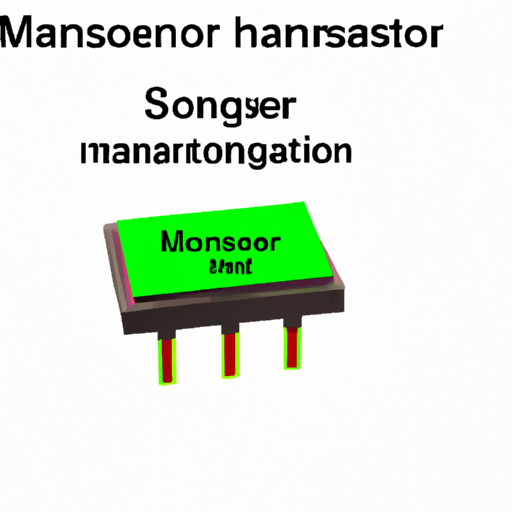Core Functional Technologies in Sensor and Transducer Amplifiers
| 1. Sensor and Transducer Fundamentals | |
| 2. Amplification Techniques | |
| 3. Signal Conditioning | |
| 4. Multiplexing and Demultiplexing | |
| 1. Environmental Monitoring | |
| 2. Industrial Automation | |
| 3. Medical Devices | |
| 4. Automotive Applications | |
| 5. Smart Home Systems |
Application Development Cases
Conclusion
The integration of sensor and transducer amplifiers with devices like the MM74HC154N facilitates efficient data management and processing across various applications. By understanding core technologies and exploring real-world application cases, developers can create effective systems that leverage the strengths of both sensors and digital signal processing components. This synergy is vital for advancing technology in fields such as environmental monitoring, industrial automation, medical devices, automotive systems, and smart home applications. The MM74HC154N, while not an amplifier itself, plays a crucial role in enabling these systems to function effectively by managing multiple sensor inputs efficiently.






